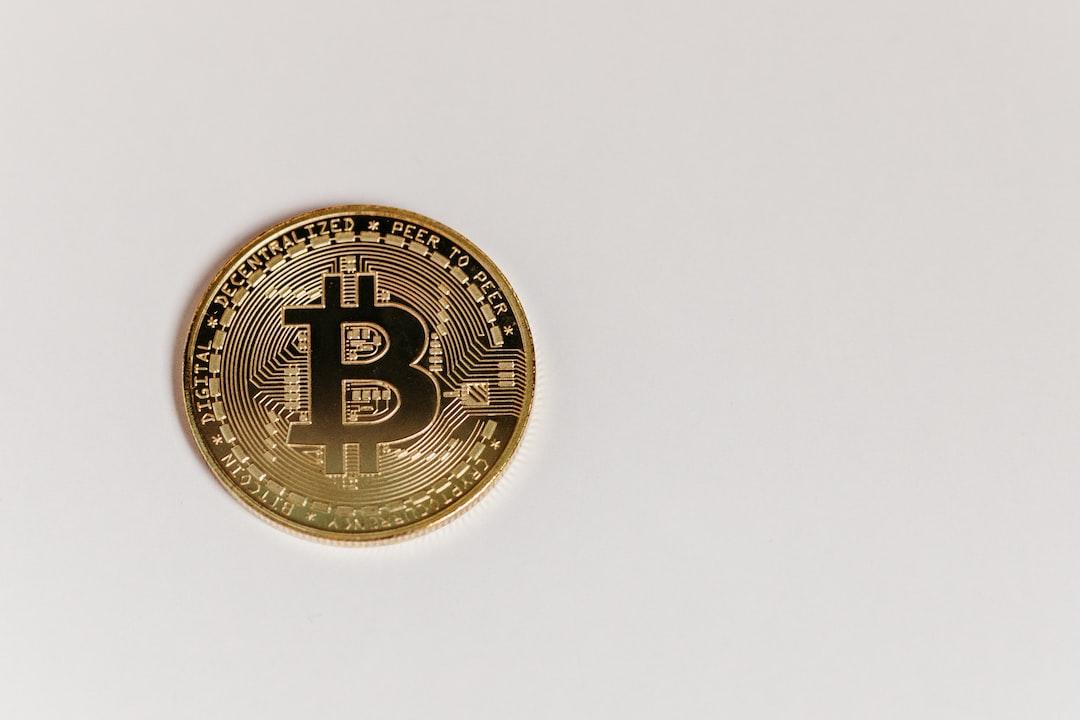Cryptocurrency Flow Tracking Beginner’s Guide
Whether you are a cryptocurrency player looking to enhance your investment returns, a regular user wanting to protect your asset security, or even a law enforcement officer tasked with combating financial crime, you need a key to unlock the mysteries of transactions—”Cryptocurrency Flow Tracking.”
Cryptocurrency flow tracking is like an “X-ray of the blockchain world” that can penetrate the surface of cryptocurrency transactions, allowing for a clear view of the sources, destinations, and flow trajectories of funds. Through this technology, investors can verify the authenticity of projects, assess investment risks, and more importantly, when encountering fraud and money laundering cases, it can become a key tool for tracking funds and uncovering the masterminds behind them.
Q1: What is Cryptocurrency Flow?
“Cryptocurrency Flow” refers to the trajectory of cryptocurrency movements on the blockchain. Imagine the blockchain as a river, where each cryptocurrency transaction is like a small boat sailing on the river, leaving a clear and visible trail. Cryptocurrency flow tracking is about following these boats’ journeys to understand where they come from and where they ultimately go.
Q2: Can Anyone Check Cryptocurrency Flow?
All transaction information on the blockchain, including transaction times, amounts, sender addresses, and receiver addresses, is public and permanently stored. This allows anyone to query the transaction history of a specific address through blockchain explorers (such as Blockchain.com or Etherscan), similar to checking the transaction details of a bank account.
Q3: The Importance of Cryptocurrency Flow Tracking
Cryptocurrency flow tracking technology is crucial for general users, exchange operators, and investigative units:
General Users:
Through cryptocurrency flow tracking, users can verify the authenticity of transactions, understand the flow of funds, and avoid falling into fraud traps. For instance, before engaging in over-the-counter (OTC) trading or trading cryptocurrency with strangers, one can use blockchain analysis tools to input the counterpart’s wallet address to view their transaction history, thus checking if the wallet is associated with known fraud, money laundering, or hacking events. If the counterpart’s wallet shows suspicious transactions or is tagged as high risk, one should carefully consider whether to proceed with the transaction, thereby reducing the risk of engaging with bad actors and avoiding involvement in illegal activities.
Moreover, some individuals also use blockchain explorers or analysis tools to track wallets holding large amounts of cryptocurrency (also known as whales) by observing the trading behavior of whales, such as large buy or sell orders, to gauge market trends.
Exchange Operators:
Exchanges use cryptocurrency flow tracking technology to monitor trading activities on their platforms, identify suspicious transactions, and prevent money laundering and other illegal activities.
Investigative Units:
Cryptocurrency flow tracking is an essential tool for combating cryptocurrency crimes. Investigative units can track the flow of funds, trace the proceeds of crime, identify suspects, and collect relevant evidence.
Key Terms in Blockchain Cryptocurrency Flow Tracking
The cryptocurrency world is full of fog, making it both exciting and daunting, largely due to many unfamiliar terms that are like forks in a maze, confusing and leaving one unsure of which direction to take. Before understanding blockchain cryptocurrency flow tracking, it’s essential to know some specialized terms and introductory knowledge.
Term 1: Wallet Address
Every cryptocurrency wallet has a unique address used for receiving and sending cryptocurrencies. A wallet address is like a bank account number, but it is public, meaning anyone can see it. Wallet addresses are divided into “exchange wallets” and “decentralized wallets.”
Exchange Wallet:
Exchange wallets are provided by centralized trading platforms (such as Binance, Coinbase, etc.). These centralized wallets usually have a simple and user-friendly interface, with customer service support, making it easier for users to resolve issues, thus more suitable for beginners.
Decentralized Wallet:
Decentralized wallets are wallets where users control their private keys (for example, MetaMask, Trust Wallet). Since these wallets are managed by users, they have complete control over their assets and do not have to worry about risks like exchange closures or scams, aligning more closely with the decentralized spirit of blockchain. To find a personal wallet address, you typically need to log into your account and follow these steps:
- In the app’s bottom menu, find the page with “Wallet,” “Funds,” or similar wording.
- Select the type of cryptocurrency you wish to receive. (Yes, different coins/chains will have different addresses.)
- Select “Deposit,” and you will see your wallet address.

The above image uses MAX Exchange as a demonstration.
Wallet addresses usually consist of a string of letters and numbers that form a random code, and the screen will also display a QR code for easy scanning.
Term 2: Transaction ID (TXID)
In the traditional financial world, banks assign a unique serial number to each transaction for tracking purposes, known as a transaction number. This number helps banks and customers query, verify, and track specific transaction records. Each transaction on the blockchain also has a unique transaction ID that can be used to identify and track the transaction, and details can be queried through a blockchain explorer.
To find the transaction ID, you must first log into your exchange account or decentralized wallet application and complete the following steps:
- Find the “Transaction History,” “Order History,” or similar page.
- Locate the transaction you want to query, which usually displays information such as transaction ID, time, currency, and amount.
- Click on transaction details to view the complete information for that transaction, including the transaction ID.

Term 3: Blockchain Explorer
A blockchain explorer is a tool for querying blockchain information, allowing users to view transaction records, block information, and network status. Each blockchain network has its own dedicated explorer. For example, Blockchain.com and Etherscan are the most well-known Bitcoin and Ethereum blockchain explorers, providing basic functions such as searching for addresses, transaction IDs, or blocks, as well as overviews of the blockchain and cryptocurrency market.
Term 4: Blockchain Analysis Tools
Blockchain analysis tools serve as microscopes in the cryptocurrency world, magnifying transaction details that are difficult to discern with the naked eye, helping users gain deeper insights into cryptocurrency flow trajectories and market dynamics. These tools can not only track transactions and identify risks but also provide compliance solutions, assisting users, exchange operators, and investigative units in better safeguarding asset security and combating related criminal activities. Some blockchain analysis tools also incorporate artificial intelligence technologies, such as Arkham, which can track cryptocurrency transactions across different blockchains and identify the individuals or companies behind wallet addresses. Additionally, Chainalysis and OKLink are also widely used blockchain analysis tools.

